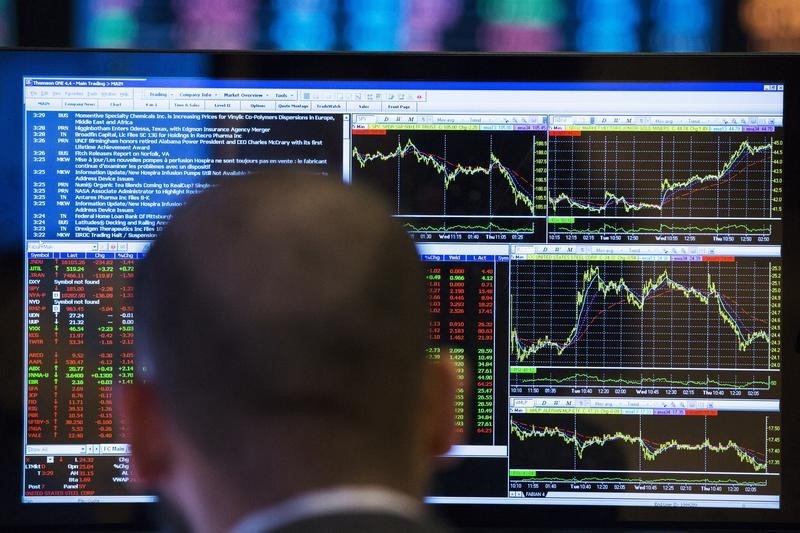Why Upstart (UPST) Stock Is Nosediving
What Happened:
Shares of AI lending platform Upstart (NASDAQ:)
fell 5.9% in the morning session after the market took a breather with no obvious reason behind the broad-based weakness. Investors likely took profits following a strong finish to the year. 2023 has been splendid for the market, with the S&P 500 up nearly 25%. The year began with a surge in technological advancements, propelling the tech sector to new heights. Companies pioneering in artificial intelligence experienced a renaissance, capturing the attention of investors and driving substantial gains. Not all sectors, however, flourished equally. Traditional industries like consumer durables faced headwinds as consumers reeled in large expenditures, prompting a wave of restructuring and strategic realignment.
More recently, the market has surged over the last two months. Inflation has come in below expectations, prompting the Federal Reserve to pivot from a hawkish to a doveish stance–it is now projecting interest rate cuts in 2024, a tailwind for stocks as it lowers the discount rate applied to future cash flows. As a reminder, the driver of a stock’s value is the sum of its future cash flows discounted back to today. With lower interest rates, investors can apply higher valuations to their stocks. No wonder so many in the investment community are optimistic about 2024. We at StockStory remain cautious, as following the crowd can lead to adverse outcomes. During times like this, it’s best to own high-quality, cash-flowing companies that can weather the ups and downs of the market.
The stock market overreacts to news, and big price drops can present good opportunities to buy high-quality stocks. Is now the time to buy Upstart? Find out by reading the original article on StockStory.
What is the market telling us:
Upstart’s shares are very volatile and over the last year have had 88 moves greater than 5%. In context of that, today’s move is indicating the market considers this news meaningful but not something that would fundamentally change its perception of the business. The biggest move we wrote about over the last year was 8 months ago, when the company gained 35.6% on the news that the company reported first quarter results that exceeded analysts’ revenue, adjusted EBITDA, and earnings per share (EPS) estimates. However, the company continued to burn cash. Revenue guidance for the next quarter came in above Consensus and the company expects adjusted EBITDA to be nearly breakeven, which is a major milestone. What makes the company unique in the SaaS space is its exposure to lending. Given recent failures and other difficulties in the banking sector, there was added uncertainty coming into this quarter. Management addressed these concerns by providing positive commentary that “despite macro challenges, we secured multiple long-term funding agreements, together expected to deliver more than $2 billion to the Upstart platform over the next 12 months.”
Upstart is up 217% since the beginning of the year, but at $40.96 per share it is still trading 43.2% below its 52-week high of $72.09 from July 2023. Investors who bought $1,000 worth of Upstart’s shares at the IPO in December 2020 would now be looking at an investment worth $1,388.
Read the full article here












